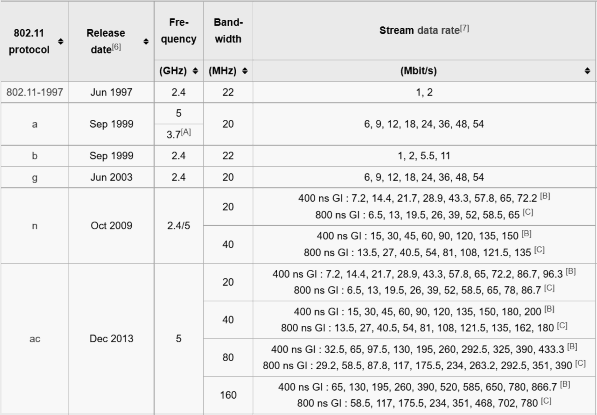Top Seven Web Development Programming Languages
Let's get this straight from the very beginning: web developers are in great demand. And why shouldn't they be, when more and more applications are moving from their standard, desktop-based environments to software-as-a-service projects?
And the pay isn't bad either! The average salary for a standard web developer is about $55,000. Front-end developers earn even more money - up to $70,000, on average. Finally, back-end developers can easily earn an annual salary that reaches $80,000.
Of course, if you know how to use all the tools and technologies that are needed to write both frontend and backend code, your salary could be even bigger - indeed.com states a salary average of about $100,000 for this kind of job and expertise.
So, what web programming languages should you learn to cash these fat checks? Here are the most promising languages that have stood the test of time.

